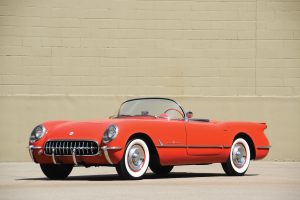
The 1955 Chevrolet Corvette was the first one powered by a Chevy small-block V-8. (Photo credit: RM Sothebys)
After seven decades, Chevrolet’s second V-8 is an engineering and performance icon. And the bowtie brand’s very survival is tied to that small block engine.
Don’t look now but it’s been 70 years since Chevrolet unveiled its second V-8 engine, the legendary small block V-8, which helped save the Chevrolet Corvette from an early death and infused life into GM’s unexciting entry-level brand.
These days, Chevrolet’s V-8 is a performance icon, and the brand is known for having produced some incredibly hot V-8-powered vehicles immortalized by The Beach Boys and other rock bands. But this wasn’t the case in 1954, when Chevrolet and Ford were battling for sales supremacy.
RELIABILITY, NOT SPEED
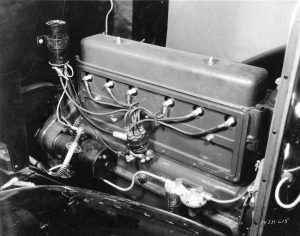
Introduced in 1929, Chevrolet’s 3.2-liter OHV inline six-cylinder engine, known as the Stovebolt Six, was known for durability, not performance.
Back in 1932, Ford was the performance icon, powered by flathead V8s — until the 1954 model year, anyway, when it was supplanted by the modern Y-Block 3.9-liter V8. Power rose to 130 horsepower from 110. Chevrolet was competing with its 115-horsepower Blue Flame Six, an inline engine that earned the name Stovebolt Six due to its reliability. Despite its horsepower advantage over the old Ford flathead, the allure of a V-8 was hard to overcome, as Ford outproduced Chevrolet for the 1954 model year. Chevrolet responded by dumping cars on dealer lots to capture the 1954 calendar year production crown.
Still, Chevrolet was well aware of its shortcomings under the under the hood. Mainstream brands such as Buick, DeSoto, Dodge, Ford, Oldsmobile, and Studebaker all offered V-8 engines, as did luxury brands like Cadillac, Lincoln and Chrysler.
But Chevrolet wouldn’t remain bereft of a V-8 for long, thanks to Chief Engineer Ed Cole.
A graduate of the General Motors Institute of Technology (now known as Kettering University), Cole joined Cadillac, where he helped design Cadillac’s first OHV V-8 for 1949. Its success led to Cole’s promotion as head of Chevrolet manufacturing before becoming the division’s chief engineer.
THE BIRTH OF THE SMALL BLOCK
What Cole found upon his arrival at Chevrolet was a 3.8-liter V-8 being developed that was little more than Cadillac’s 160-horsepower 5.4-liter V-8 in miniature. It was heavy and expensive to build. Cole nixed it, and had the team start over. It was a startling order given that Chevy’s new V-8 was slated to debut in a mere two years.
Instead, Cole specified the new V-8 be high-revving and lightweight. To ensure the engine met Cole’s directive, engineers specified a technique not used in automotive foundries, namely that the e
ngine be built using thin-wall precision-casting. This allows for reduced weight, better strength and durability, better precision and little-to-no need for additional machining. This, along with other revolutionary designs throughout the engine, such as the engine’s wedge-type combustion chambers, resulted in an engine that weighed 40 pounds less than the Stovebolt Six, and as much as 150 pounds less than competing V-8s.
The engine would debut in the 1955 Chevrolet, available in the 150, 210, Bel Air and Nomad. The 3.9-liter OHV V-8 produced 162 horsepower with a two-barrel carburetor in standard for. Ordering the Power Pack engine increased output to 180 horsepower thanks to its four-barrel carburetor and dual exhaust. The 1955 Corvette small-block was rated at 195 horsepower, and benefitted from a solid lifter Duntov cam, higher compression pistons, and dual exhaust, endowing it with performance that its looks always suggested but the engine never delivered.
The 1955 Chevrolet and its small-block V-8 proved to be a sales triumph; 1.7 million were sold. Its performance on dealer lots propelled Cole up the corporate ladder to Chevrolet general manager in 1956, and topping out as General Motor President in 1967. He would leave GM in 1974. But the engine he championed would become a mainstay in Chevrolet’s line-up.
More Chevrolet News
- First Look: “Ultimate” Chevrolet Corvette ZR1
- Review: Corvette E-Ray is Fast – and Easy to Live With
- Chevy Blazer EV Hints at Great Things to Come
THE SMALL BLOCKS THAT FOLLOWED
Chevrolet’s small block grew along with the demand for more horsepower. Their names and numbers are all famous: the 283 Super Turbo-Fire V-8, the 302, the 327, the 350, the 396, the LT-1 (also known as the mouse that roared), the 400, and the L98. All were derived from Cole’s engineering masterpiece.
In 1970, power would top out at 370 gross horsepower on the LT-1. It would be a high point for the 1970s, as federal regulations would reduce the small-block power to a mere 145 horsepower in 1974.
It wasn’t until 1992 that a new small-block V-8 debuted as the Generation II LT-1. While boasting a new block and head design, as well as unique water pump, intake manifold, and damper/pulley system, many parts were interchangeable with Generation I engines. It was rated at 300 horsepower and 330 lb-ft of torque in the 1992 Corvette, and 275 horsepower and 325 lb-ft of torque in the Chevrolet Camaro and Pontiac Firebird. Thankfully, the Gen II’s engine mounts and bellhousing bolt-pattern remained unchanged. An LT-4 variant producing 330 horsepower debuted in 1996, but design flaws in this generation led to a redesign for 1997 with the arrival of the the LS1.
It was installed in the 1997 Corvette, itself a new design. And while the Generation III small-block still employed two overhead valves per cylinder, one camshaft, 16 pushrods and a 4.40-inch cylinder bore spacing, it otherwise didn’t resemble its predecessors. In Chevrolet trucks, the LS1 was built with an iron block and aluminum heads, while performance variants featured an aluminum block and six-bolt main caps. Rated at 345 horsepower and 350 lb-ft of torque in the Corvette and 305 horsepower in Camaro Z28 trim, the engine had a smaller bore and longer stroke than its precursors.
A NEW CENTURY DAWNS
With the dawn of a new millennium came a new small-block 5.7-liter V-8, the LS6, rated at 385 horsepower and 385 lb-ft of torque in the 2001 Corvette Z06. Based on the LS1, it contained a higher compression ratio, a redesigned intake manifold oiling system and a larger camshaft, among other changes.
But GM wouldn’t leave the engine alone for long, as the Generation-IV LS2 arrived in 2005. Displacing 6.0-liters, it used the Gen-III design but was revised to incorporate cylinder deactivation and variable valve timing. It would spawn the hand-built LS7. Displacing 7.0 liters, it would be Chevrolet’s largest factory-installed small-block V-8. With a 7,100-rpm redline, it produced 505 horsepower and 470 lb-ft of torque.
It would lead to the LS9, a 6.2-liter small block with a Roots-style Eaton supercharger good for 638 horsepower and 604 lb-ft of torque. It debuted in the 2009 Chevrolet Corvette ZR1, which generated a 3.3-second 0-to-60 mph time, an 11.2-second quarter-mile run at 130.3 mph. A detuned version, dubbed the LSA, produced 556 horsepower and 551 lb-ft of torque and installed in the 2009 Cadillac CTS-V and later in the Camaro ZL1.
The Gen-V LT-1 6.2-liter V-8 followed in 2014-2019 C7 Corvette and 2016-2023 Camaro. By now, the only parts of the design that resembled the Gen-1 were its cylinder bore spacing and cam-in-block design. Generating 460 horsepower and 465 lb-ft of torque, this was a thoroughly modern powerplant, with direct injection and variable valve timing.
It spawned an LT4 variant for use on the Camaro ZL1 as well as the Cadillac CTS-V, Cadillac CT4 Blackwing. It’s the Blackwing that got the hottest variant, producing 668 hp and 659 lb-ft of torque. It was installed in the Escalade-V in 2023, woht an utput of 682 hp. Another variant, the 6.2-liter LT5, boasted a larger supercharger, endowing this mill with a 755 horseower. Another variant, the 6.2-liter LT5, boasted a larger supercharger, endowing C7 Corvette with 755 horsepower and a 3.2-second 0-60 mph time. This led to the 5.5-liter LT6, installed on the C8 Corvette Z06. It uses a flat-plane crank, endowing Chevy’s V-8 with more than epugh to challeng Europe’s finest supercars.
A Gen-VI small-block V-8 was announced in 2023, and it’s expected to reach the street sometime in 2025.

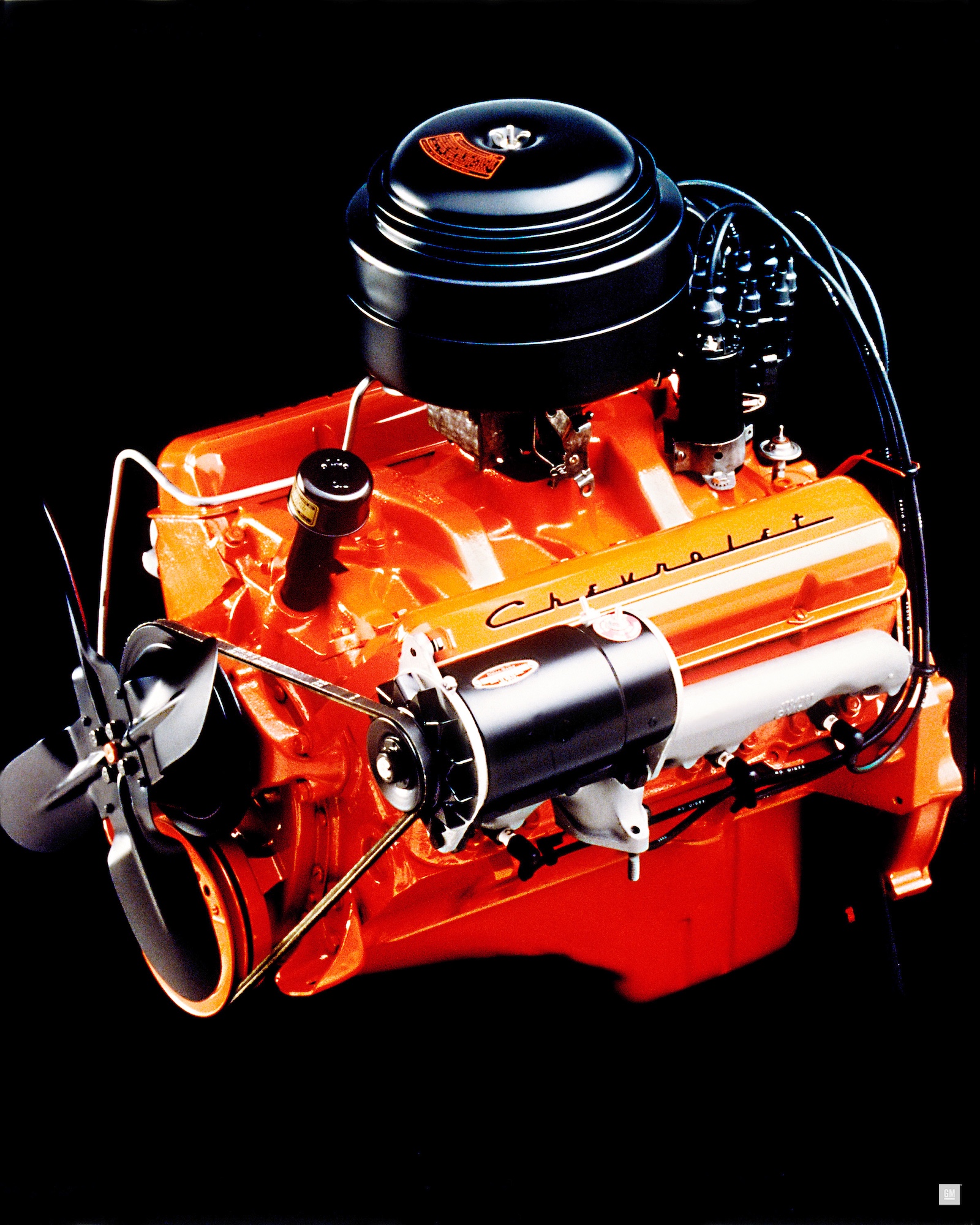
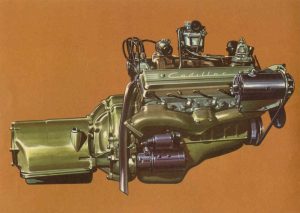
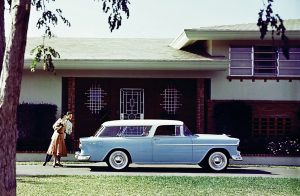
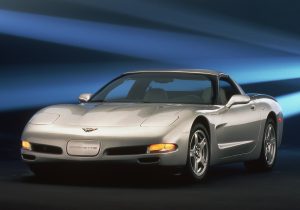
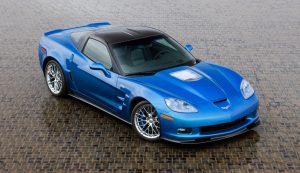
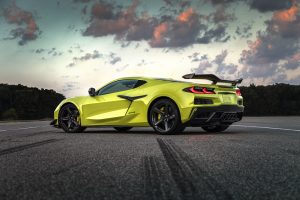
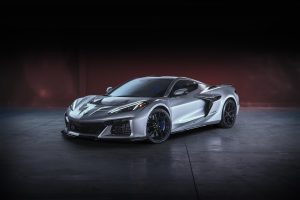
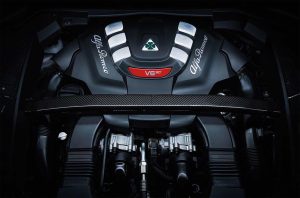

0 Comments